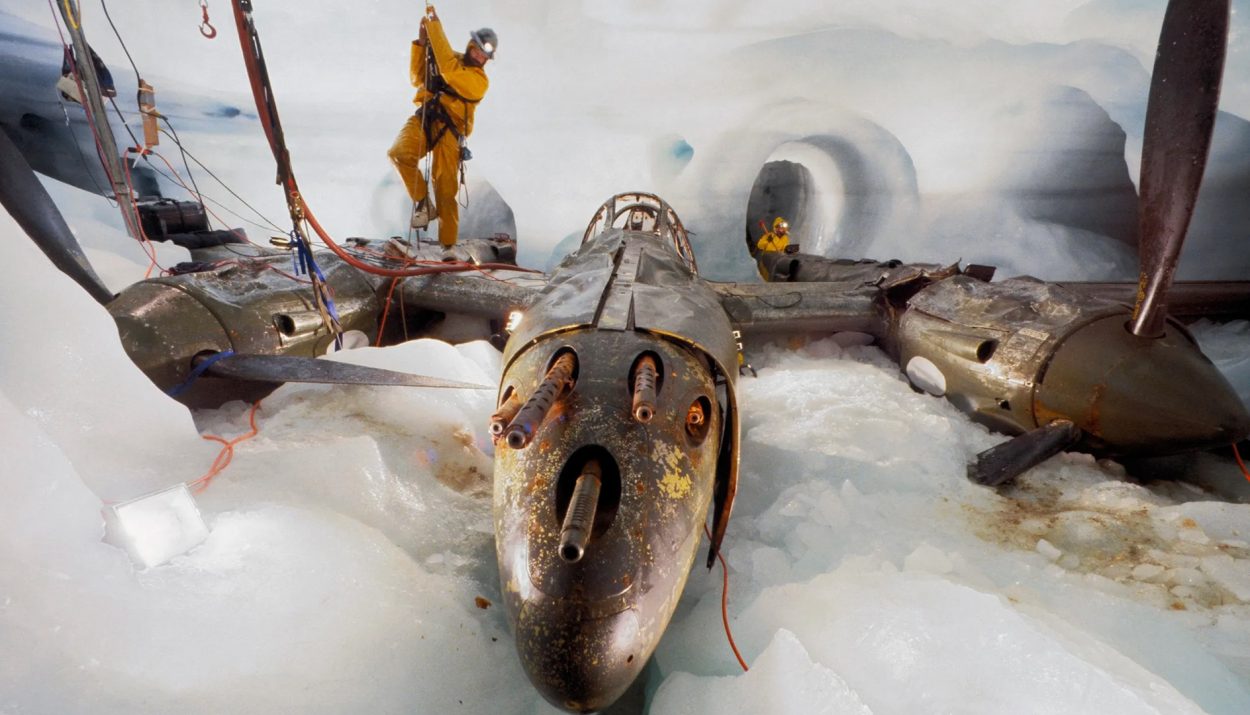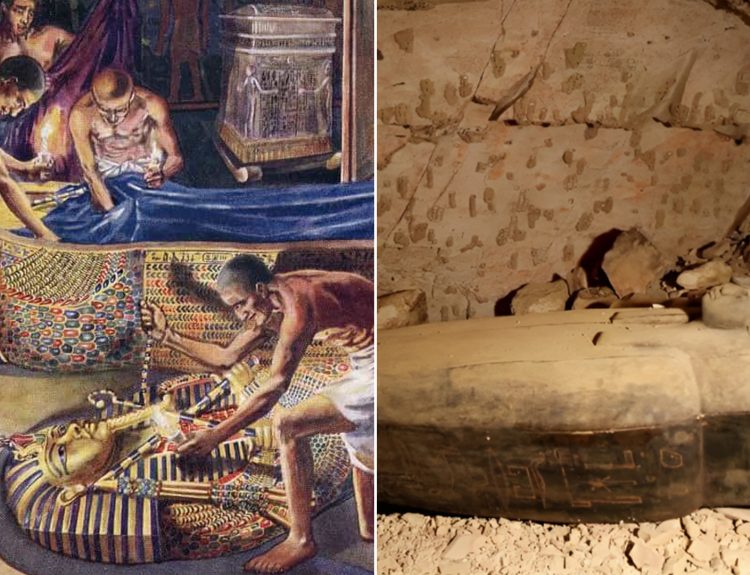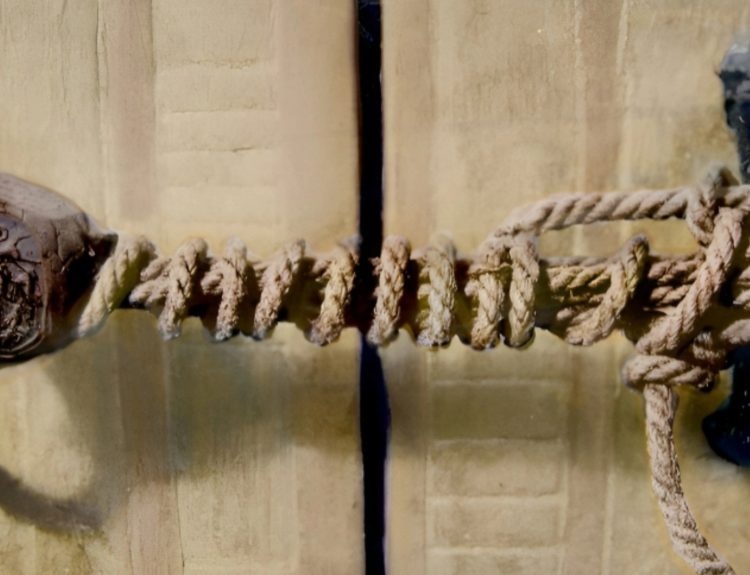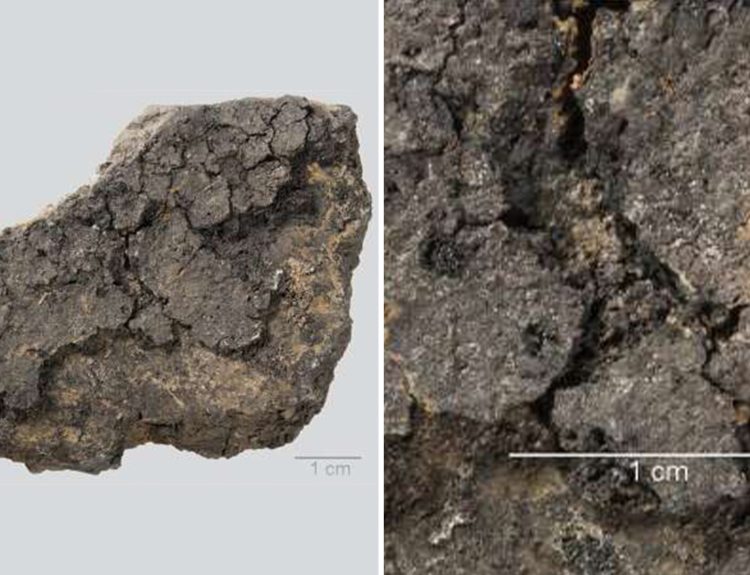You may not think about it, but just like fossils buried beneath the soil there are also very interesting items frozen in time beneath the ice. For centuries humans have made awe striking discoveries while digging into the frozen tundra. Some things found are to be expected, such as wooly mammoths, but others come with mysteries wanting to be uncovered. The artifacts and animals give a small window into history that before we didn’t know existed. Keep reading and discover a list of some of the most incredible things ever found beneath the ice.
A Hibernating Alligator
Researchers found that not all things frozen in time are deceased. When searching an iced over lake they found a snout of an alligator sticking out, and while the animal is very much frozen it is also still breathing and alive.
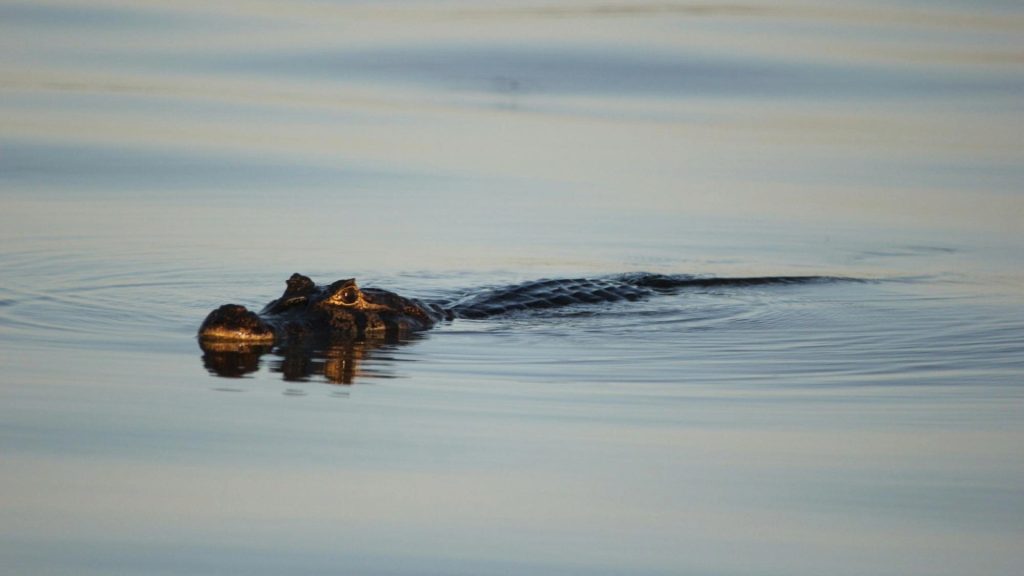
Some species of alligators that live in freezing climates are able to adapt and survive in a hibernation-like state throughout the winter. When the ice melts they awaken and can begin hunting again.
A Frozen Dinosaur
When people think of things frozen in ice it’s typically mammoths, but they aren’t the only animal that became trapped in time. Even older animals, like mummified nodosour that are 110 million years old have been discovered underneath the frigid ice.
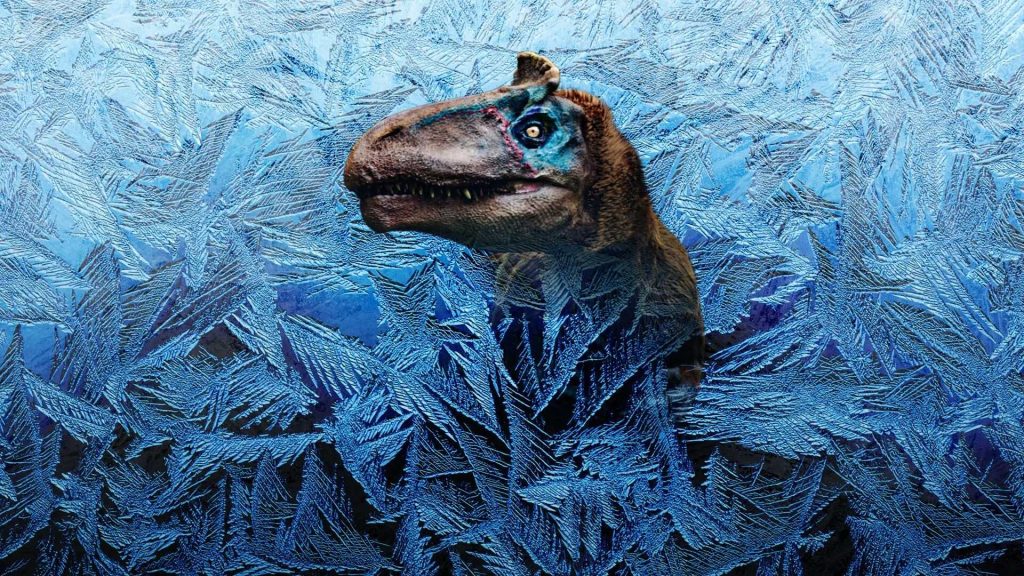
It’s pretty amazing to find something from this time period that is this well preserved. Especially because the nodosaur comes from a period where it literally had to grow spikes as a defense mechanism just to survive. Located such a special specimen in this kind of condition is quite a treat for scientists, especially because it gives a detailed insight to what this prehistoric being looked like in intricate detail.
Mammoth Brains
It is in fact fairly common for scientists to find a wooly mammoth buried somewhere in the ice and snow, it isn’t typical to find these animals completely intact. This specific discovery included not just the mammoth but its brain as well, making this particularly special.
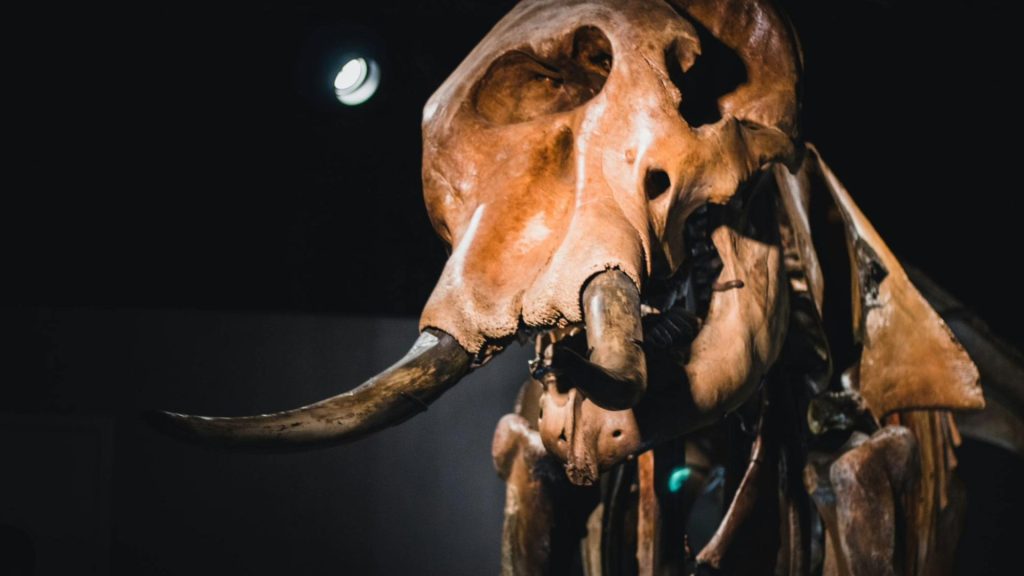
This mammoth was dated to be 39,000 years old, and is one of very few that was found with an intact brian. Unfortunately, scientists suspect that the only reason this mammoth was found with its brain is because of its age at the time it passed, somewhere between six and nine years old.
Plane Lost In Time
Sometimes what is found in the ice isn’t thousands of years old, in some occasions not even a century old. A military plane that was enroute to Alaska In 1952 presumably crashed after colliding with a glacier. Sadly nothing was recovered.
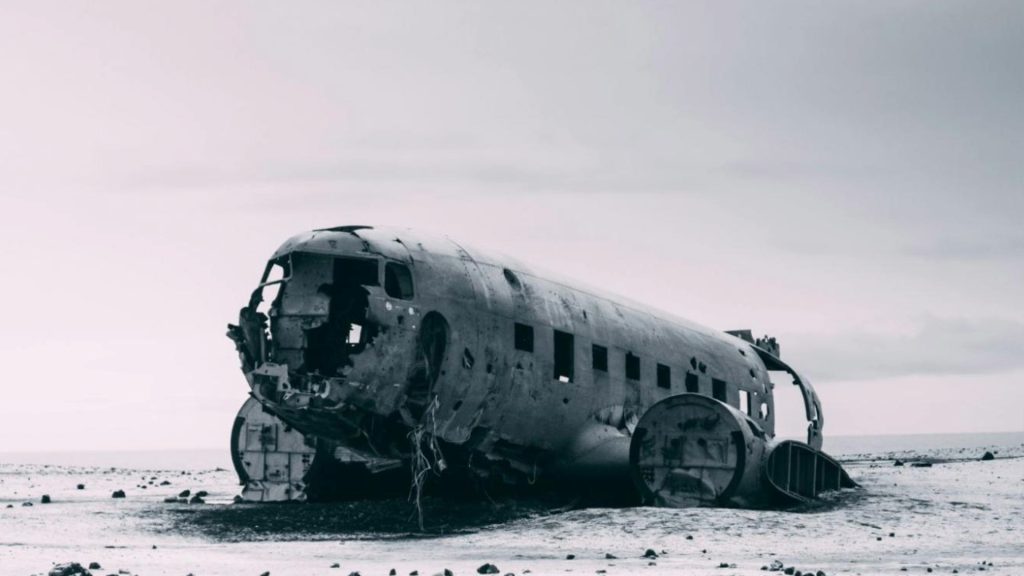
For almost 50 years the plane was lost within the glacier. The conditions were too treacherous for a salvage mission to take place, but once the ice melted enough the wreckage was finally recovered. Bringing light to what exactly happened to this plane.
Metal ArrowheadsScientists
Scientists were astonished when they discovered copper arrowheads buried beneath the ice. Even more of a discovery was that the arrowheads were made of metal, proving that the ancient culture they were studying was far more advanced technologically than they thought.
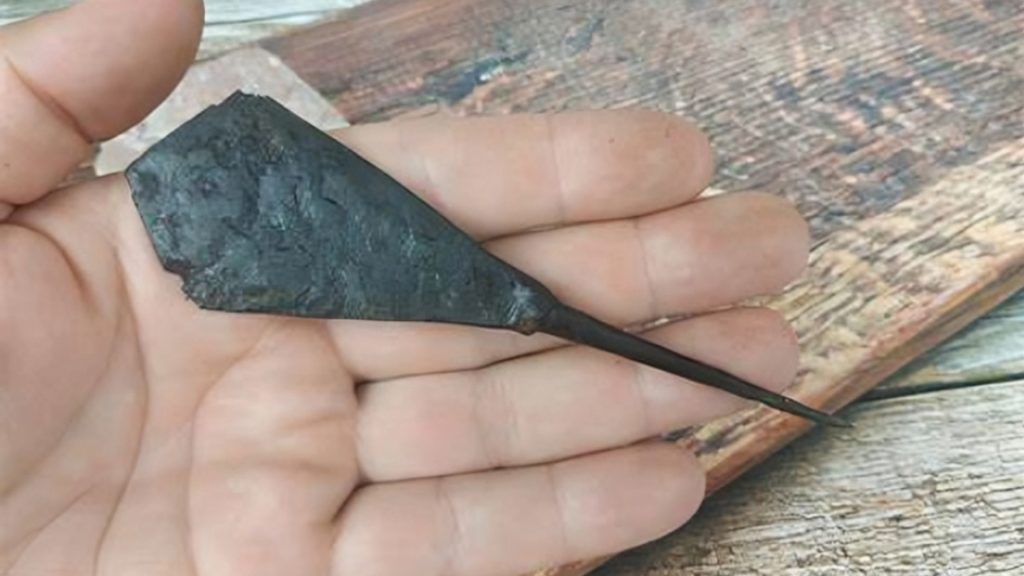
This society was capable of forging their own weaponry and hunt with it efficiently. Pretty remarkable for the time period they came from.
Red Ice
There is a stream of red water that flows out of a glacier In Antarctica. Naturally it has been given the name Blood Falls Glacier. What makes this liquid run red you ask? No it isn’t blood don’t worry , the water is red because the water is heavily fortified in iron.
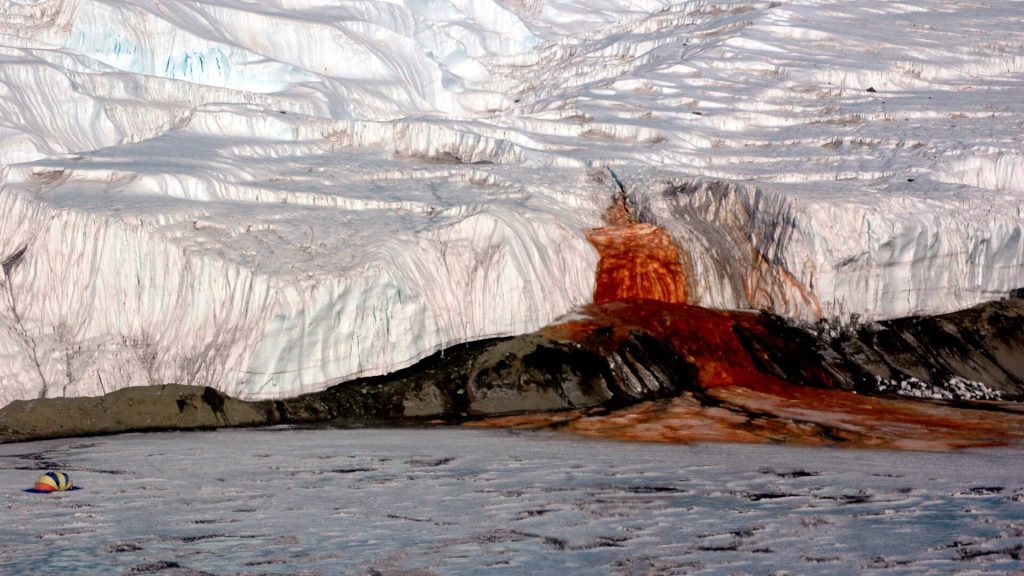
What makes this iron rich water so interesting is that no one can seem to figure out where the iron is actually coming from. All that is known is that there is enough in the water to make it pour out red, making for one of the most interesting places on earth.
The Consequence Of War
Portions of World War One were fought in the alps. The icy trenches were extremely dangerous and hazardous for the soldiers. Many of them were affected by frostbite and other ailments that come from extreme cold. Unfortunately some of them perished in the temperatures.
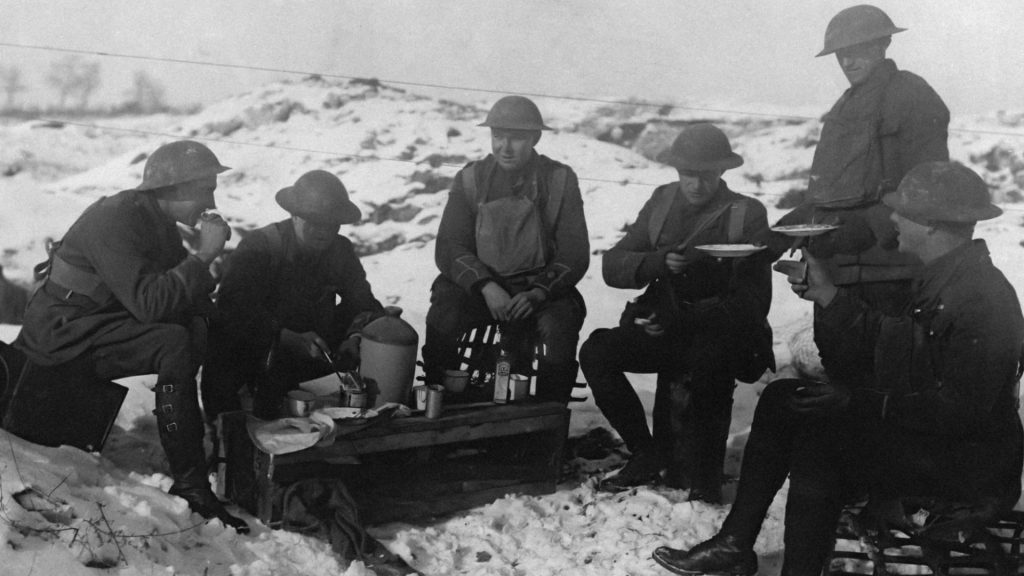
Here is one of the strangest discoveries from the area, believe it or not soldiers were not the only humans found in that area, and as you will see one discovery altered scientific history for scientists in Austria.
Otzi Man
The finding of this well preserved 5,300-year-old human was pioneering. He is known as Otzi man, and he was found in the Alps between Italy and Austria in 1991.
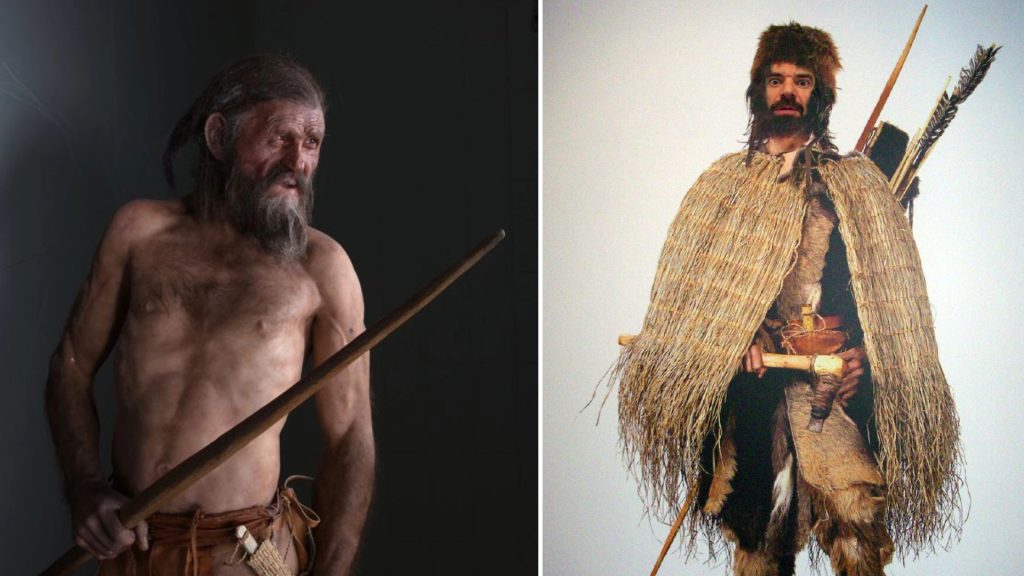
The more they studied him the more they uncovered, discovering that he was a genetic ancestor to Austrians. As Otzi Man was studied, it was discovered that he was a genetic ancestor to Austrians. It was also found that he was afflicted by several different ailments when he passed, including gum disease, lyme disease, and worms.
Cave Lions
Cave lions, or the sabretooth tiger as you may know them, are one of the most famous animals from the ice age. They lived mostly in the arctic, but their remains have been found in places all over the world, even the United Kingdom.

One of the most unique of these discoveries was in Russia, where scientists uncovered a young sabertooth tiger that was so well preserved that it still had some of its hair. It’s been 10,000 years since these animals last roamed the earth, most likely going extinct from humans hunting them and climate changes.
A Wooly Rhinoceros
Did you know that wooly Mammoths weren’t the only wooly creatures that dwelled in the icy climates? There was actually a wooly rhinoceros as well, and this gigantic furry beast looks mostly like what you expect- a hair rhinoceros. One of the most striking of these discoveries was an 18-month-old wooly rhino in Sakha, Russia.
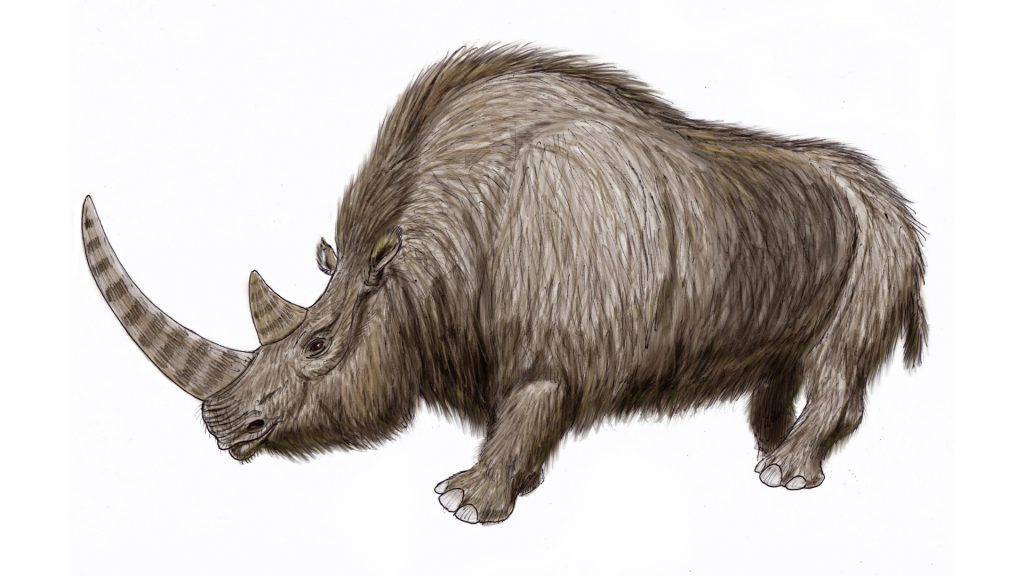
Sakha, Russia is known for being one of the coldest places in the area, leading us to question what kind of climates this animal was accustomed to surviving in, and what kind of food they were able to find to eat.
Rare Wood
Occasionally when a scientist is searching icy patches they will come across “rare wood.” This specific wood was used to build shelters, and was sourced from miles away, then carried all the way to where the shelter was being built. This is always a very special find for scientists.
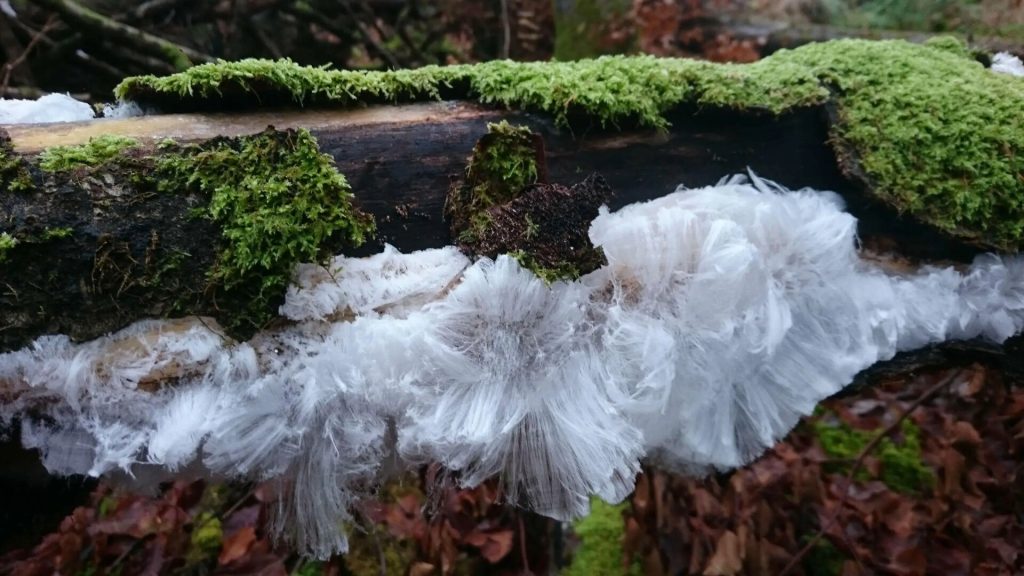
So what was the purpose of these shelters? The theory by scientists is they were temporary structures built and used when humans would stop in these areas to hunt. They used them to hunker down near grazing pastures of reindeer and caribou.
An 1,800-Year-Old Gopher Stick
So what exactly is a gopher stick? This strangely named tool is basically a trap for gophers that was strategically placed over their holes.A snare is looped around a stick and attached to a strong string.
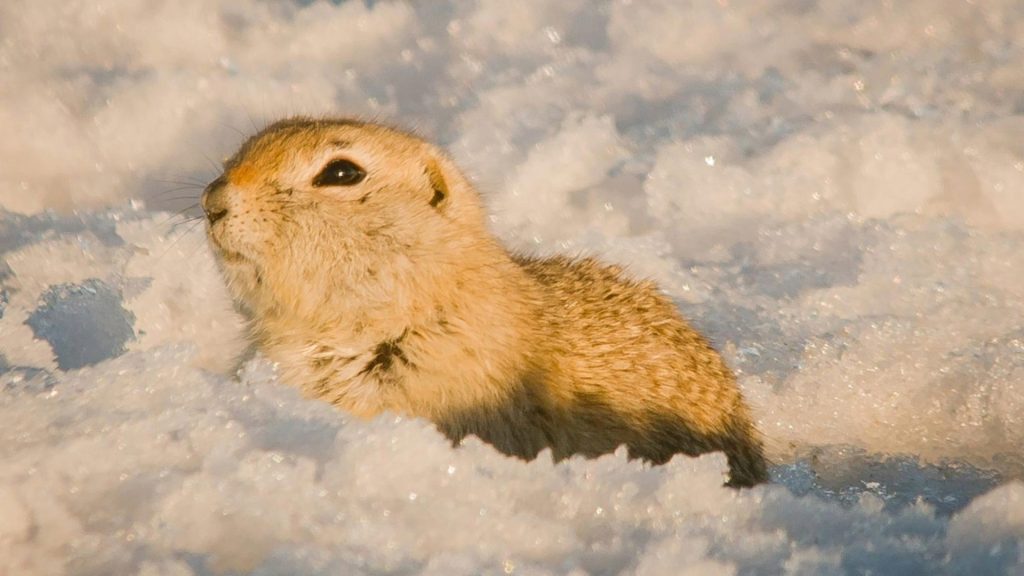
As the gopher pops its head out to leave its hole, the trap goes off. This specific gopher stick we are discussing is about 1,800-years- old, and showed the ingenuity of humans long before advanced technology came on the scene.
Animal Droppings
It may not be the most appealing of finds, but it is the most common thing discovered in the icy depths. As gross as it may be, it is also one of the most important. These samples that are recovered help scientists learn more about the animals they came from.
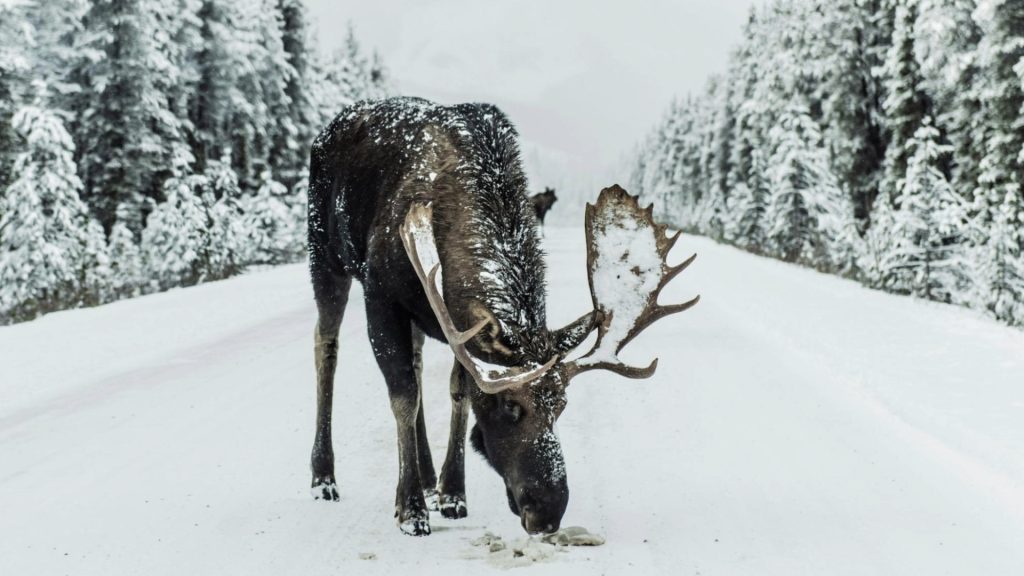
Scientists can learn what species the animal was and what it was eating, where it lived, and other useful things. This is particularly helpful when studying an animal that has gone extinct. From droppings, scientists can learn what a species of animal is eating, what regions it’s living
A Giant Squid
The Melbourne Aquarium in Australia spent $100,000 In 2005 so they could acquire a giant squid specimen frozen in ice. This sea creature was so well preserved that it gave scientists a detailed view of what thes creatures looked like before they washed ashore. Unfortunately, most giant squid aren’t discovered until after they have passed away and been beached.
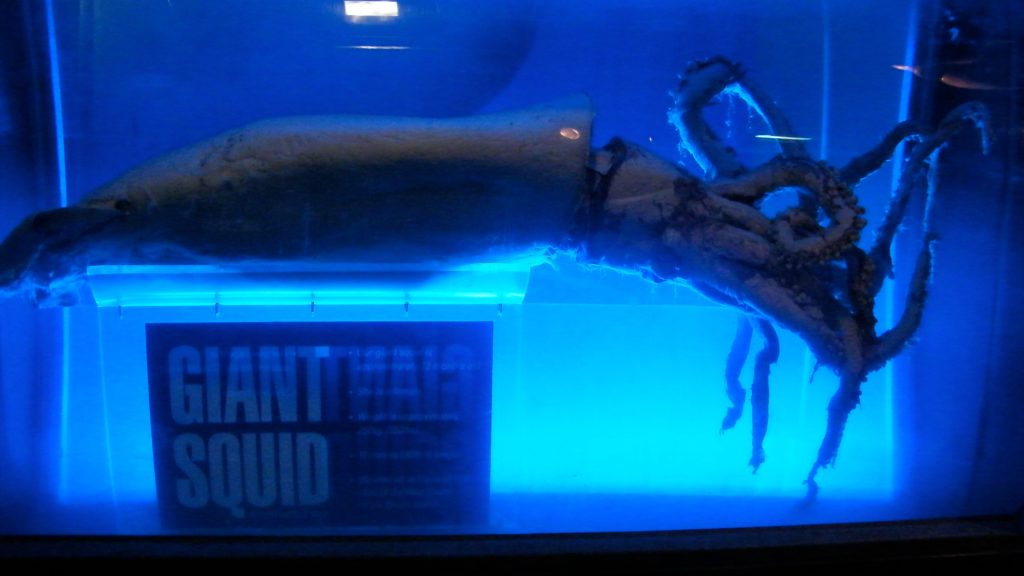
In that same year, some Japanese researchers became the first people to ever record a living giant squid.They managed to take over 500 pictures of the animals and shared their amazing findings with the entire world.
Forests Inside Glacier
As crazy as it sounds, forests, trees and all, are found well preserved in the ice of glaciers. Typically when a glacier takes over an area, it demolishes everything in its path. Occasionally though, rocks and sediment build up in what’s known as moraine.
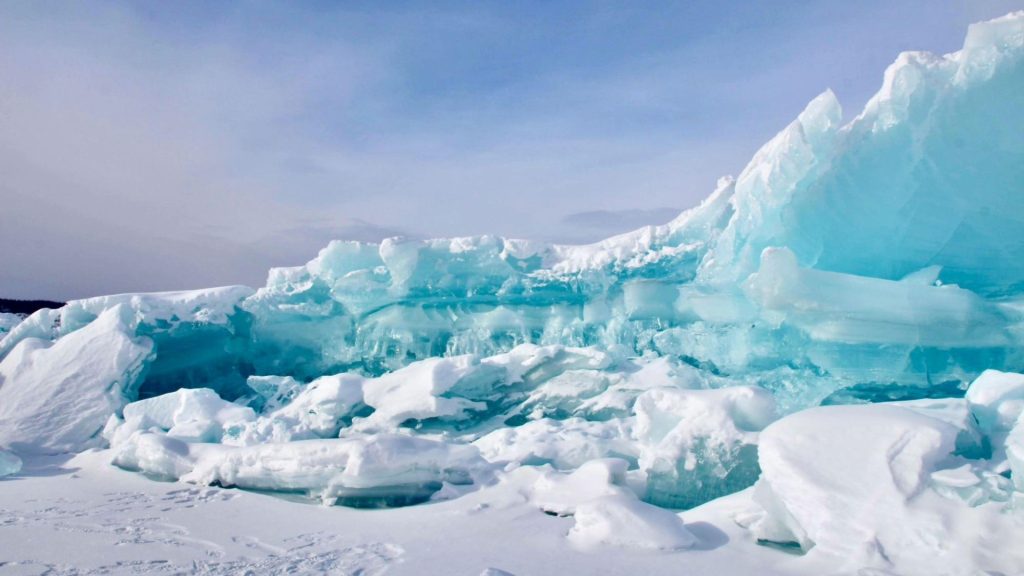
The moraine provides a sort of pillow for the trees as they are overtaken, giving them the possibility to stay rooted. And in some cases entire forests are well preserved inside the glacier, just waiting for it to recede so it can flourish again.
Ancient Bacteria
It’s widely known that freezing cold temperatures will typically kill bacteria, there are a few ancient strains that have built up a resilience to the frigid conditions. Because of this these bacterias become frozen in the ice, just waiting to melt so they can cause chaos in the world again.

There have been bacteria that was trapped in ice that has been discovered to be millions of years old. Even viruses can survive the icy conditions, one virus in particular was melted free after 30,000 years frozen in Siberia. Thankfully it wasn’t harmful to humans.
Message In A Bottle
Paul T. Walker wanted to prove that glaciers were melting, so in 1959 he wrote a note and put it inside a bottle. He then proceeded to bury the bottle underneath some rocks so it could be recovered at a later date and time.
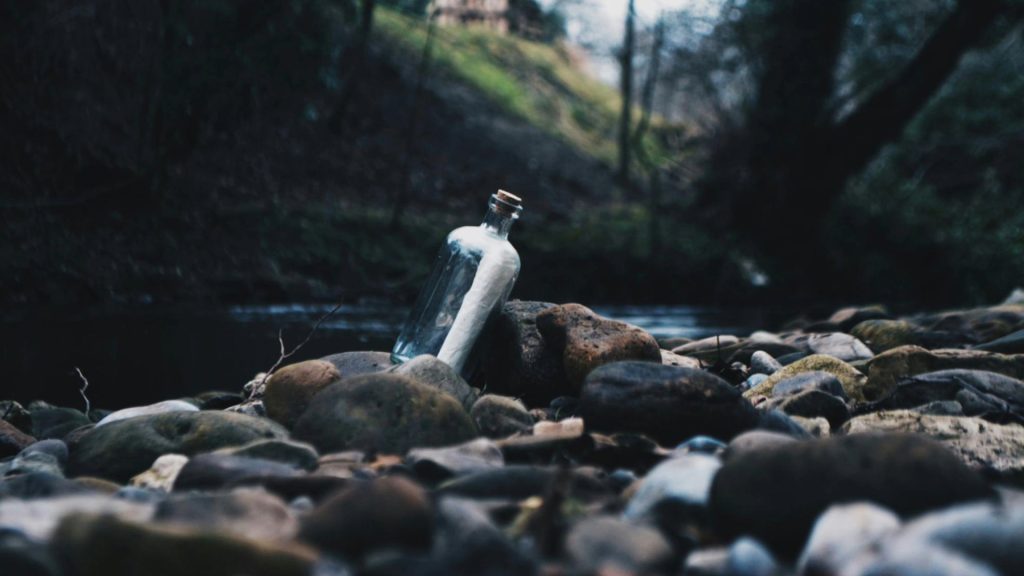
The bottle was later found in 2013, the note inside had instructions for whomever was to find it, he told them to measure the length of the bottle to the foot of the glacier. The ice had melted and receded by 200 feet. Giving an indication that global warming could be occurring at a faster rate than anticipated.
Frozen Lighthouse
Lighthouses encased in have been located not once, not twice, but dozens of times. As ice and wind hit the building, lighthouses start to acquire several feet of ice within hours. You can tell where the wind blew by the direction in which the icicles point. Photographer Tom Gill has traveled across the U.S. to capture these fairytale-like buildings.
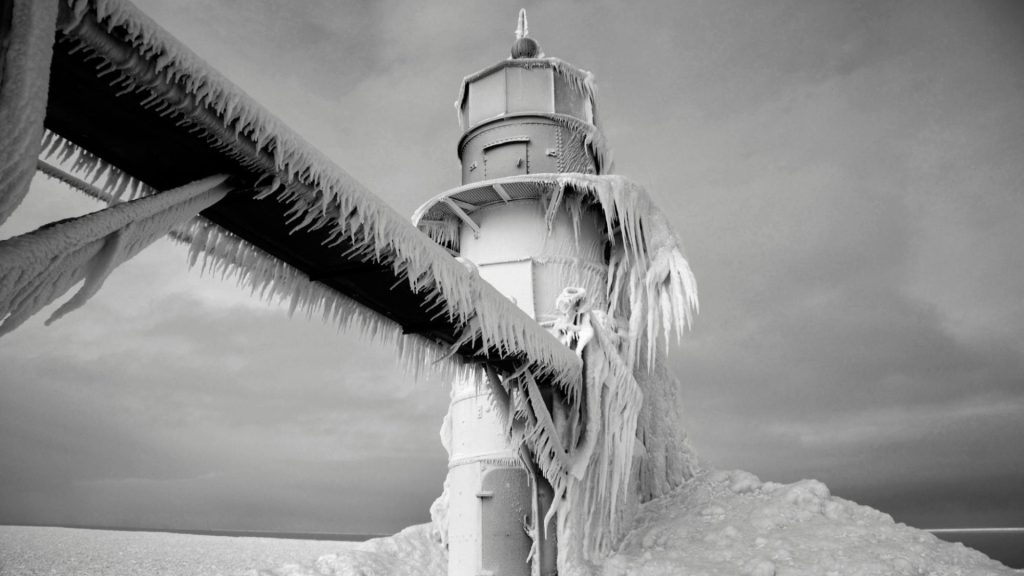
Some of the most well known frozen lighthouses sit on the border of the lakes of Michigan and Ohio. In some instances, over hundreds of years, these lighthouses end up tilting with the weight of the ice. Making for a very heavy icy accident waiting to happen.
Frozen Volcanoes
One of the most incredible things ever found under the ice are frozen volcanoes in Iceland. As odd as it sounds, the temperatures in the country reach such freezing temperatures that volcanoes can be frozen solid.
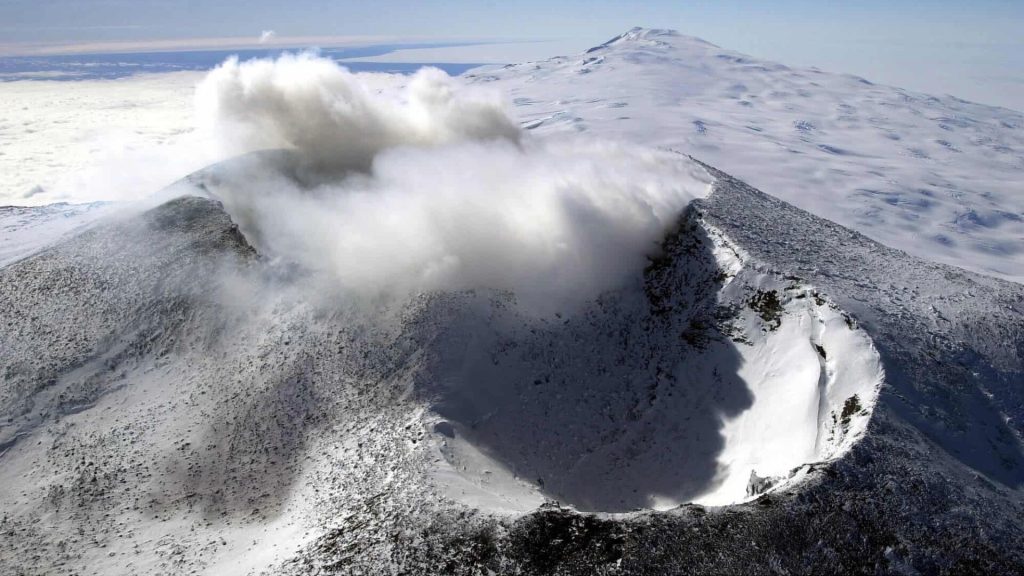
Because these volcanoes are frozen, they don’t have any volcanic activity either. As they start to unfreeze, which has started to happen because temperatures are increasing, scientists have some theories about what may start to occur. It’s definitely possible that these sleeping giants could blow their tops again.
Frogs
In Alaska during the month of September, wood frogs will purposely freeze. Two-thirds of their bodies remain solid in ice, and If you were to pick them up, they would not move. Astonishingly their heart stops beating and their blood stops flowing, “They are essentially dead,” says graduate student Don Larson.

After seven months frozen solid, the wood frog wakes up and hops along. It is similar to hibernation, only these frogs pretty much die. Scientists are still researching how they survive in such intense conditions. However, unlike anything else on this list, wood frogs can be found every year in Alaska.
Diseased Reindeer
A heat wave that hit western Siberia In 2016 revealed dozens of decades old reindeer that had been frozen in time. The reindeer that were recovered were estimated to have died 75 years ago, and carried with them still was a bacterial disease called anthrax. Because of this thaw, a total of 1,200 living reindeer and at least 40 humans have caught the disease.
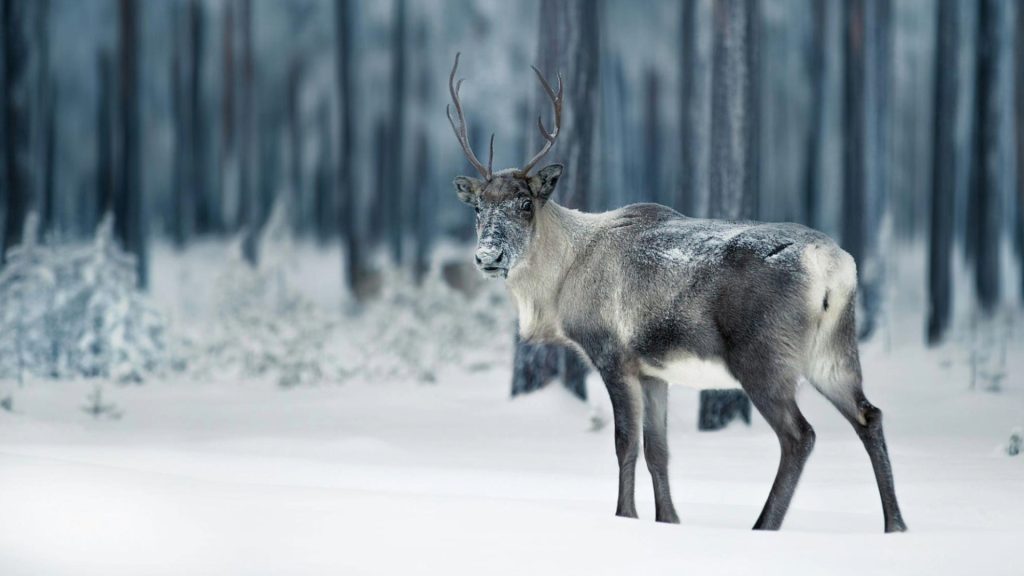
Per the World Health Organization, anthrax is a fatal bacterial disease that is treated now with antibiotics. The thawed reindeer brought on the first outbreak of anthrax since 1941, and the heat wave only increased the spread of the disease.
Millions Of Extinct Grasshoppers
In Cooke city, Montana is a mile-long glacier called Grasshopper Glacier. Not named for living grasshoppers, but actually because of the millions of locusts from centuries ago that are frozen inside of the glacier. In other words these locusts went extinct a century ago.
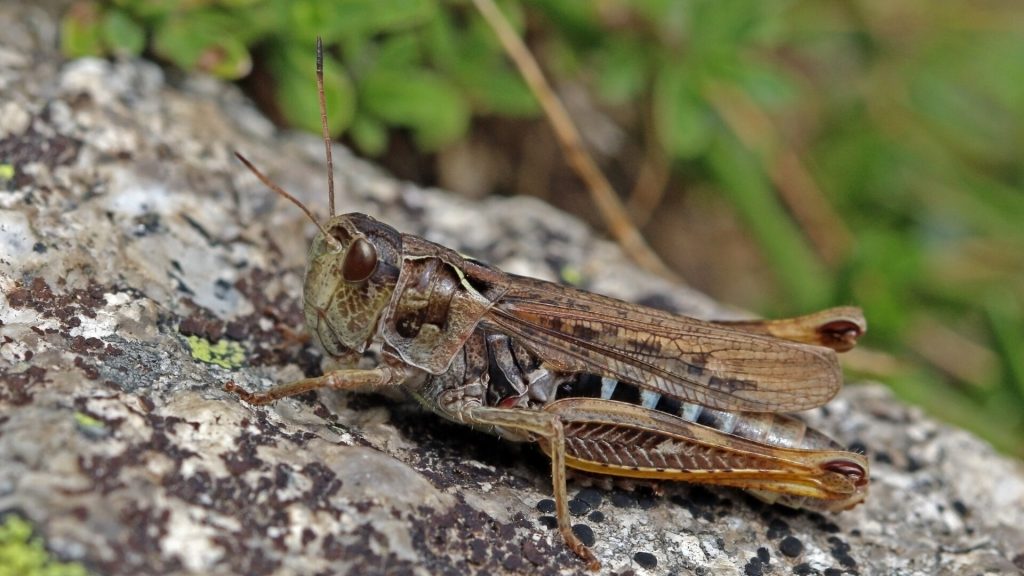
In a true sight to be seen, the glacier actually resembles elephant skin because of all the bugs that are frozen inside. Tourists find their way there every year between July and September to see this unique glacier and to hike it. The glacier is slowly melting because of global warming, allowing for scientists to continue to study these unique ancient bugs.
A Giant Crater
NASA researchers discovered an enormous crater buried under a mile of ice in Greenland in 2019. The experts believe that it could have been the second impact crater from a meteroite. Strangely enough, the 22-mile-wide crater was close to another buried meteor crater. That makes this one the second ice-covered meteor crash ever discovered.
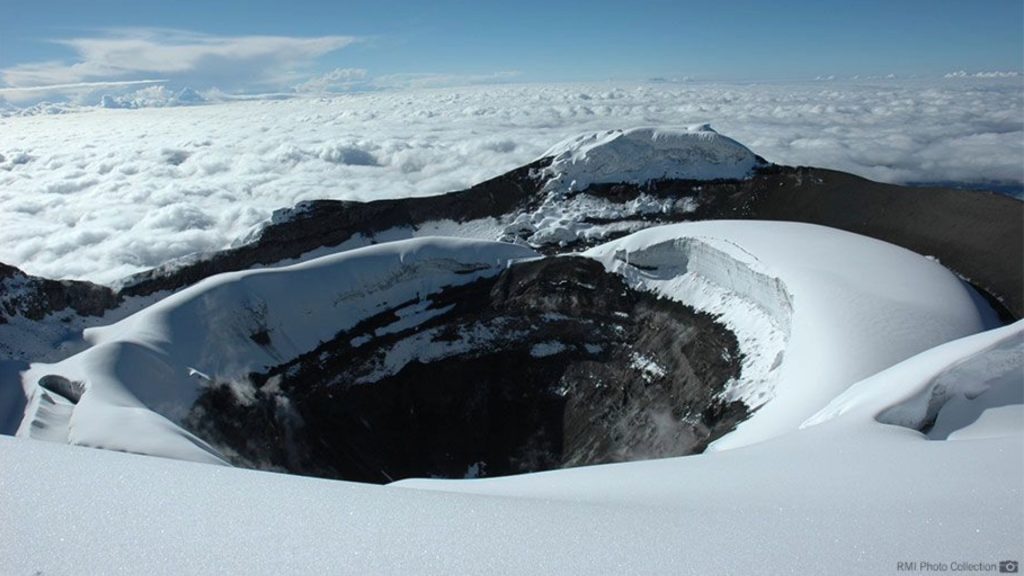
NASA verified that this crater is the 22nd largest impact ever to be found on earth. Before discovering these two craters, researchers assumed that all crashes would be eroded by the overlying ice. As it turns out, the ice preserved the craters just as it did with all other objects
Precious Jewels In A Plane Crash
If this story wasn’t covered by the BBC, most people would assume it was a hoax. An anonymous mountain climber scaled the peaks of Mont Blanc In 2013, France’s highest mountain. Along his trip he found a Boeing 707 filled with over 100 precious emeralds.
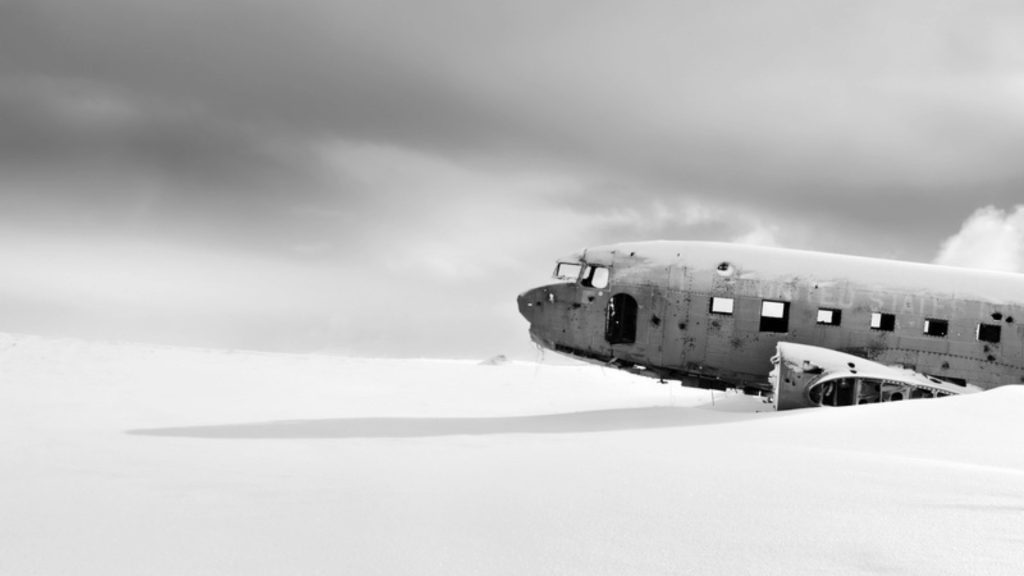
Sadly the plane had crashed in 1966, and 117 people perished in the crash. Although search as rescue made attempts to find the remains, nothing had been located from the crash until now. Within the wreckage was a small bag that contained big treasure. Rubies, emeralds, and sapphires were flung around the ice, all with an estimated value of 246,000 Euros ($271,964).
An Extinct Lion Cub
Researchers found a lion cub that died over 50,000 years ago remains perfectly preserved. Per the Siberian Times, Russian scientists located this prehistoric lion cub frozen along the banks of the Tirekhtykh River. Their estimate is that the lion was about one and half and two months of age. Still too young to even open its eyes.

They named the frozen kitten Spartak, and he was impressively preserved. And that’s not all: another lion cub, named Boris, was found just 15 meters away the previous year. Experts believe that they could have been an Ice Age lion family.
A Prehistoric Moose
Are you aware that there is something called a prehistoric moose? These gigantic animals share similar resemblence to what we see moose as today. Obviously they lived during a very different time, so their discovery can teach scientists a lot.
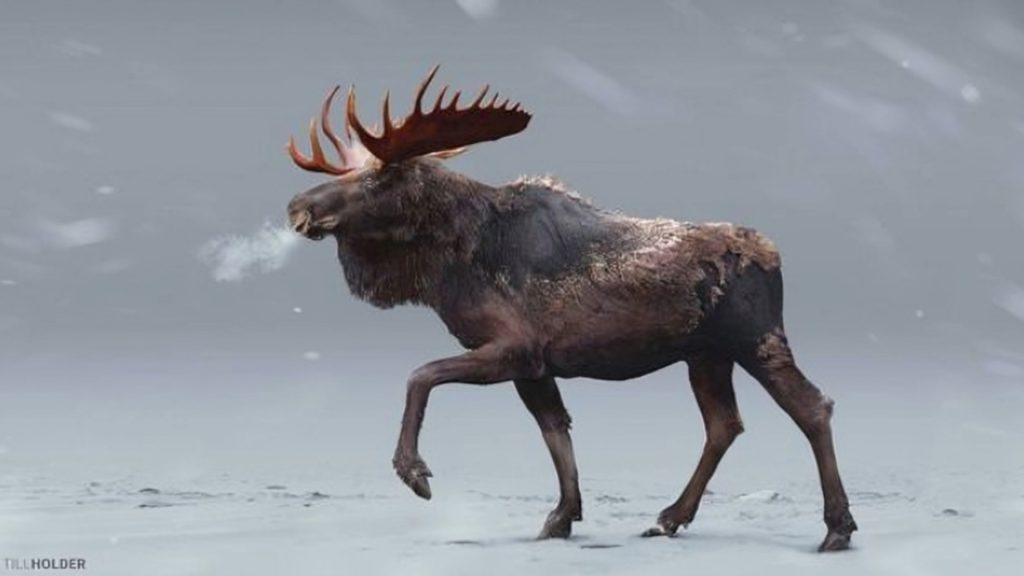
As you now know any specimen that is recovered well preserved and still wearing its fur can teach us a great deal.
Viking Gear
Scientists located a collection of Viking gear In Norway that they date back 3,000 years.
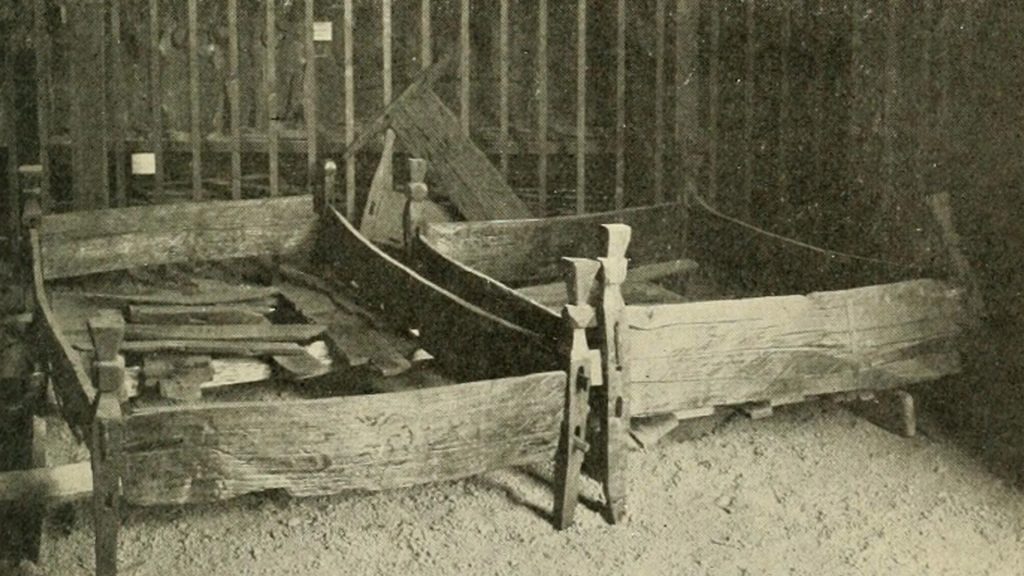
The items were found strewn all over and included leather shoes, sticks, bows and arrows. Most of what was found were made from reindeer parts.

